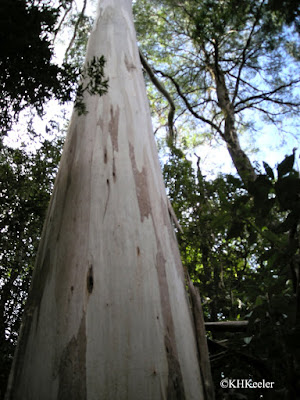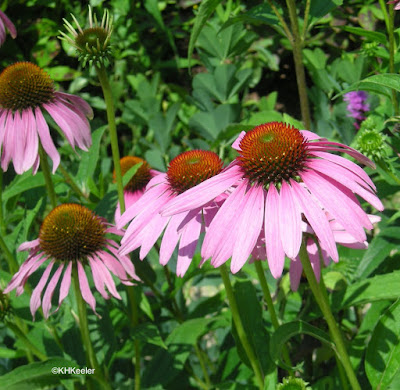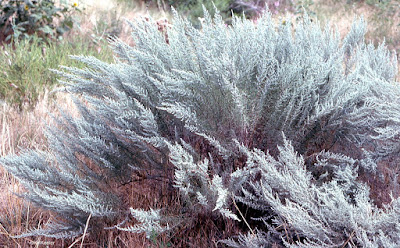 |
| Calthus palustris Do you call it cowslip or (marsh) marigold? |
Common names don't obey either of those rules. I wrote previously about multiple common names for the same plant. (link) That is annoying, because sometimes you don't recognize that someone is talking about a plant you know only because they're using a different common name.
I think the same common name for different plant is even more unfortunate. In this day of using words on the internet to learn about things, shared common names lead to at best, time wasted working out which plant you want, and at worst, possible poisoning because one plant with that name is toxic and one isn't.
 |
| another cowslip Primula vulgaris |
 |
| another marigold, Tagetes sp. |
Lots of reasons.
One is: they share some character which creates that name. I asked a local man in Jamaica what a plant was called, and he said it was "blueberry." It had blue berries, but it was certainly not the plant I call blueberry (Vaccinium sp.). Likewise, Africa has a buffalo grass Stenotaphrum secundatum (link) which is not the same as the buffalo grass (Buchloe dactyloides) of North America (link). Both are grasses, and probably both are eaten by buffalo, although the buffalo of Africa (link scroll down to Gallery) is different from the buffalo of North America (link).
 |
| What I call blueberry |
 |
| mountain ash, Sorbus |
 |
| mountain ash, Eucalyptus |
 |
| purple coneflower (Echinacea) |
 |
| prairie coneflower (Ratibida) |
 |
| oxeye daisy, Leucanthemum vulgare |
 |
| lawndaisy, Bellis perennis |
 |
| sage, culinary sage, Salvia officinalis |
 |
| sage, big sagebrush, Artemisia tridentata |
A few identical names appear to have been produced by convergence. They came from some other word and ended alike. That applies to lime trees. Americans assume those are trees upon which citrus fruits, limes, Citrus media, grow. In England, there's a lime tree that is a linden, Tilia europaea. The English don't get confused because citrus trees aren't hardy in England. The two names converged: the name lime for the citrus tree comes from the same root as lemon, from the Arabic name for the fruit (lima). Lime for Tilia apparently evolved from lind, the Old English name, to line and then lime.
 |
| lime, Citrus |
 |
| lime, Tilia |
I recently tried to talk about the difference between potatoes and sweet potatoes. Sweet potatoes, Ipomoea batatas, are vines related to morning glories. Saying just "potato" for Solanum tuberosum, was uncomfortable right after talking about sweet potatoes, but so was calling them "white potatoes". As sweet potatoes get more common, I may get more comfortable saying "white potatoes" since "Pass the potatoes" is ambiguous if both are on the table and I don't want more sweet potatoes.
 |
| sweet potatoes, Ipomoea batatas |
 |
| potatoes, Solanum tuberosum |
When the scientific name is included, it should identify the plant, but lots of people don't use scientific names when they write.
There are many duplicate and near-duplicate plant common names! Consequently it pays to notice the whole name: the"evening" in evening primrose, "brush" in sagebrush, "wild" in wild bergamot. Those are there so you don't confuse those plants with primroses, garden sage or the bergamot orange.
Comments and corrections welcome.
References
"lime n2." and "lime n3" OED Online. Oxford University Press, September 2016. Web. 10 November 2016.
Reader's Digest. 1989. Field Guide to the Wild Flowers of Britain. Reader's Digest Association, London.
Previous blogs about being careful with common names:
What a mess! link
Too many common names link
Kathy Keeler, A Wandering Botanist
More at awanderingbotanist.com
I am teaching plant ID for Master Gardener training in New Mexico. Thanks for great information on the confusion with common names.
ReplyDelete